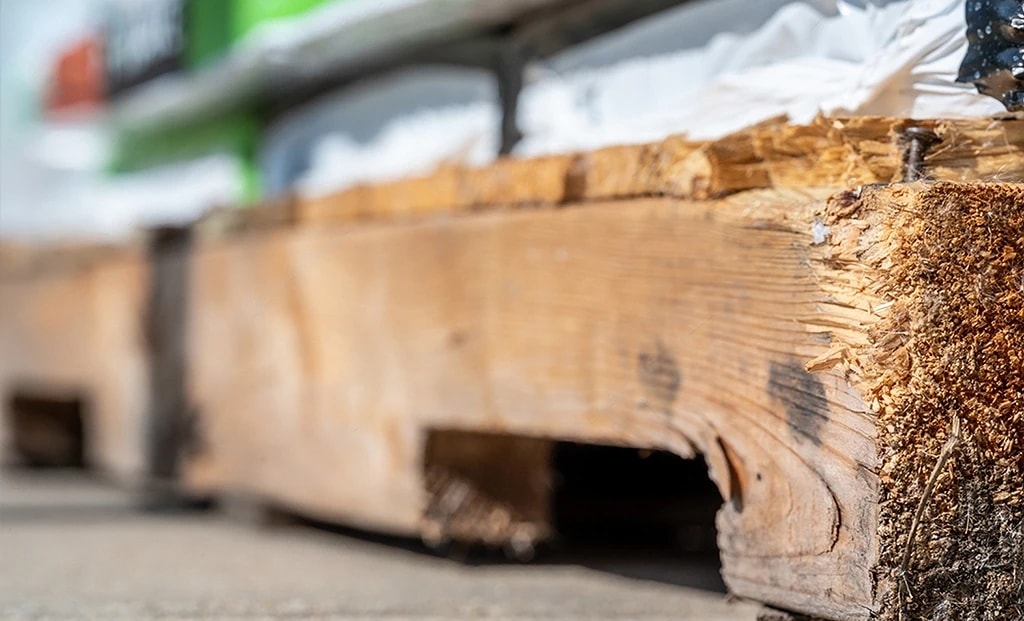It’s a straightforward fact: the longer your crates endure, the less you’ll need to invest in replacements. To extend their usefulness, consider these suggestions:
- Opt for Quality – Collaborate with a reputable wooden crate supplier to choose the appropriate type and size of crate for your specific products and requirements. Depending on your usage, such as commercial, industrial, export, display, or reusable, specifications will vary. Additionally, materials range from hardwood, softwood, plywood, particle board, to OSB. Discussing these factors with your supplier will ensure you begin with a sturdy inventory.
- Handle with Care – Proper training on handling and transporting crates is essential to prevent damage. The primary cause of damage often stems from dropping wooden crates too hastily or from unsafe heights. Therefore, it’s crucial to train all employees involved in pallet and crate usage or operating equipment that interacts with them on safe handling techniques.
- Pack Wisely – Just as one might pack lightly to avoid losses or extra expenses during travel, a similar strategy benefits crate shipping. Packing crates thoughtfully—neither too full nor too empty—will help prevent damage from shifting contents during transit. Like personal travel, it’s advisable to err on the side of caution. If there’s excess space after packing your crate, utilize filler materials.
- Prioritize Storage Conditions – Wood is susceptible to temperature fluctuations over time, leading to changes in structural integrity. Additionally, moist conditions can foster mold growth. Hence, similar to pallets, storing wooden crates indoors is optimal. If outdoor storage is unavoidable, position the crates in a sheltered area with adequate ventilation.



